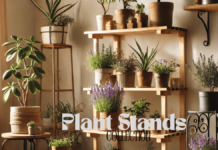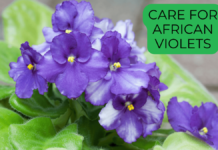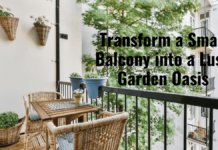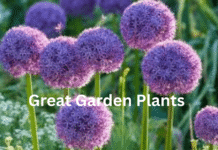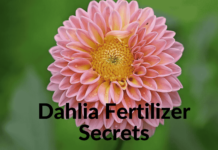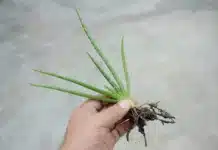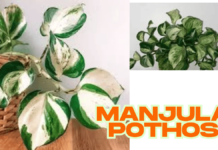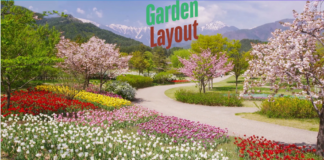Introduction For Plants for a Balcony Garden
Plants for a Balcony Garden can completely transform even the smallest outdoor space into a lush, peaceful retreat. With the right mix of greenery, scent, and structure, your balcony becomes more than just an extension of your home—it becomes a personal escape. Whether you’re dreaming of vibrant blooms, edible herbs, or calming evergreens, the perfect plants can bring daily joy, elevate your mood, and turn ordinary mornings into something extraordinary.There’s something deeply therapeutic about stepping onto a balcony filled with vibrant plants, each one designed with intention and care.
If you’re starting a balcony garden, I highly recommend Dwarf Citrus, Thyme, and Buxus (Topiary). Dwarf citrus offers fragrant blossoms, edible fruits, and a stunning focal point in large pots. Thyme is a low-maintenance, aromatic herb that fills gaps beautifully and thrives even in tough conditions. Buxus brings timeless structure and elegance with its sculpted, evergreen form—perfect for creating clean lines and contrast in your plant layout. These three together balance beauty, function, and ease.
1. Dwarf Citrus

Dwarf citrus trees are one of the most rewarding plants you can grow on a balcony. Whether it’s lemon, orange, or lime, these small trees thrive in large containers with well-draining soil. Their fragrant blossoms, aromatic leaves, and the joy of collecting fruit make them a true multi-sensory delight. I’ve found that placing them in a sunny corner where they get direct sunlight for at least 6 hours a day keeps them blooming and productive. They love consistency—regular watering, occasional fertilising, and pruning to keep their shape. Bonus: they look stunning in corten or decorative steel pots.
2. Thyme

Thyme is a fantastic creeping herb for tight balcony spaces. It’s therapeutic, flavourful, and works well as an underplanted layer in pots. I often use thyme along the edges of my citrus containers where it fills in the gaps and gently drapes over the edges, adding texture and that distinct aromatic scent. It thrives in dry, sunny conditions and doesn’t need much fuss—just well-draining soil and occasional watering. It’s also a great plant for beginner gardeners due to its manageable nature.
3. Buxus (Topiary)

Buxus, commonly used for topiary, gives your balcony a polished, architectural feel. When sculpted into cloudpruned, ball shapes and placed in a cluster, they create a sense of cleanliness, balance, and form. I love how they bring structure—especially when paired with softer, cascading plants like dichondra. Buxus requires regular watering, some shaping every few months, and does well in both sun and partial shade. They’re surprisingly low-maintenance and offer year-round greenery.
4. Dichondra (Silver Falls)

Dichondra is a silvery, flowing groundcover that adds elegance to any planter. Its cascading habit looks magical spilling from containers or hanging baskets. I often use it as an underplanting for topiary or citrus, where it softens the harder lines of the pot and enhances the visual layering. It prefers well-drained soil and only moderate watering, making it ideal for urban balconies that may be exposed to heat and wind.
5. Creeping Herbs

Beyond thyme, creeping herbs like oregano and mint offer delightful scent, edible foliage, and are great space-savers. I tuck them between larger plants in a shared container to make use of every inch. These herbs create a pleasant ambiance, especially when you brush past them and release their aromatic oils. Keep in mind that mint can spread quickly, so planting it in a separate pot might be best to avoid competition.
6. Sculpted Topiary Forms (Wistringia, Pittosporum)

Plants like Wistringia and Pittosporum are fantastic alternatives to traditional buxus. With their ability to be sculpted and shaped, they bring that same architectural drama with more texture and movement. I use them in clusters, often flanking both sides of a narrow balcony to give it a designed, intentional feel. They’re also very hardy, handle trimming well, and grow steadily in containers.
7. Underplanting Combinations

One of the best tips I’ve learned is to use underplanting creatively. Combining cascading herbs with seasonal flowers in the same pot as a feature tree or topiary creates layers of interest and color. These combinations enhance growth by creating mini-ecosystems—herbs like thyme help with soil moisture retention and even deter pests. It’s a brilliant way to maximize your space while keeping everything pleasant and productive.
8. Cascading Petunias

If you want something that truly pops, go with petunias. Their vibrant, blooming nature and wide range of colors turn even a plain balcony into a garden showcase. They love sun, need regular watering, and bloom like crazy all season. I use them in hanging baskets and window boxes—they pair well with underplanted herbs and do best when deadheaded regularly. They’re easy, cheerful, and make you smile every morning.
9. Rosemary

A classic that no balcony should be without, rosemary is a sturdy, drought-tolerant herb with a pleasant scent and sharp architectural appeal. Its upright growth habit works well in smaller spaces, and the slender stems can be trimmed into shapes or left to spill over a pot for a natural look. I keep mine near the kitchen window for easy snipping while cooking. It thrives in full sun, needs little watering, and still adds aromatic charm all year round.
10. Artistic Pots and Planters

This isn’t a plant, but it’s just as important. The pots you choose—especially corten, steel, or ceramic—can make a massive difference. A well-chosen container not only holds your plants but becomes part of the feature itself. I like mixing materials: matte steel for herbs, glazed ceramic for flowers, and earthy tones for trees. When matched with the right plant, your planters become living sculptures that speak to your personal style.


